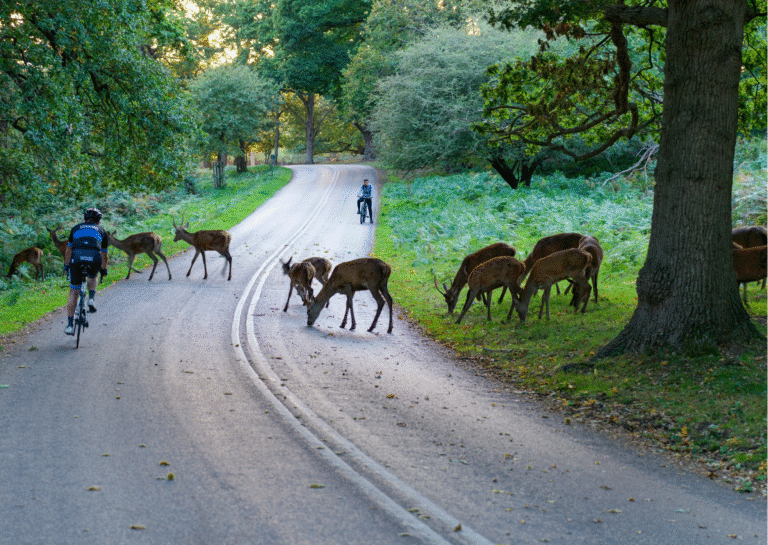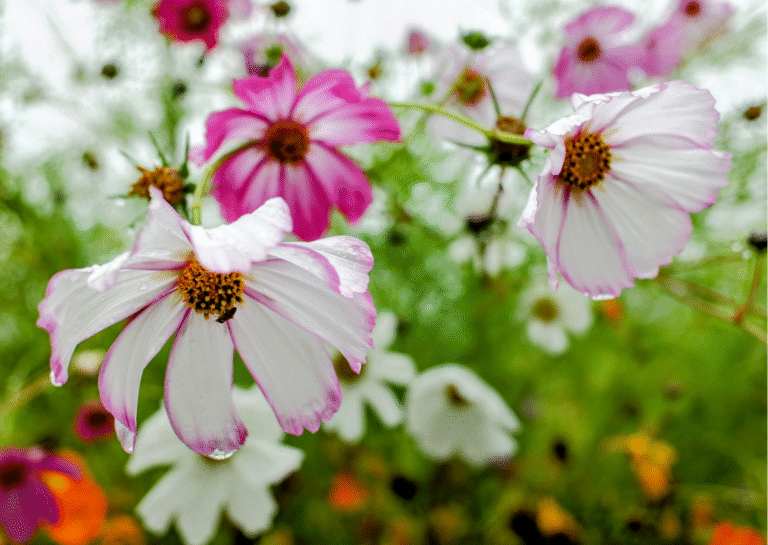As the clock strikes midnight on December 31st, people around the world welcome the New Year with dazzling fireworks, sumptuous feasts, and age-old traditions believed to bring good fortune. While some celebrations are familiar—like fireworks over Sydney Harbour or the ball drop in Times Square—others are delightfully unexpected. Let’s explore some of the most unique …
Fireworks, Feasts & Fortunes: Unique New Year Celebrations Around the Globe

As the clock strikes midnight on December 31st, people around the world welcome the New Year with dazzling fireworks, sumptuous feasts, and age-old traditions believed to bring good fortune. While some celebrations are familiar—like fireworks over Sydney Harbour or the ball drop in Times Square—others are delightfully unexpected. Let’s explore some of the most unique New Year’s traditions from different cultures.
1. Spain: The Lucky Grapes
In Spain, the stroke of midnight isn’t just about kisses—it’s about grapes! The tradition of Las Doce Uvas de la Suerte (The Twelve Lucky Grapes) dictates that eating one grape with each chime at midnight ensures prosperity for each month of the coming year. Fail to finish in time? Bad luck may follow!
2. Scotland: First-Footing & Fire Festivals
Hogmanay, Scotland’s New Year celebration, is one of the most vibrant in the world. A key tradition is “first-footing”: the first person to enter a home after midnight should bring gifts like coal, whiskey, or shortbread to ensure good fortune. Meanwhile, towns like Edinburgh host massive torchlight processions and fire festivals, symbolizing the burning away of the old year.
3. Japan: Joya-no-Kane & Osechi Ryori
In Japan, New Year’s (Shōgatsu) is a time for purification and reflection. At midnight, Buddhist temples ring bells 108 times (Joya-no-Kane) to cleanse the 108 human sins. Families also enjoy Osechi Ryori, a beautifully arranged bento box filled with symbolic dishes—like black beans for health and herring roe for fertility.
4. Denmark: Smashing Plates for Luck
Forget fireworks—Danes throw plates! It’s customary to collect old dishes throughout the year and smash them against friends’ and family’s doors on New Year’s Eve. The more shards outside your door, the more luck you’ll have in the coming year.
5. Brazil: Jumping Seven Waves for Good Fortune
On Copacabana Beach in Rio de Janeiro, thousands dress in white and jump seven waves at midnight while making seven wishes. This practice honors Yemanjá, the Afro-Brazilian sea goddess, who is believed to grant prosperity to those who honor her.
6. Greece: Hanging Onions & Smashing Pomegranates
In Greece, onions symbolize growth, so families hang them on their doors to encourage prosperity. Another tradition involves smashing a pomegranate on the ground—the more seeds that scatter, the more luck the household will receive.
7. Estonia: Eating for Strength (Seven, Nine, or Twelve Times!)
Estonians believe that eating seven, nine, or twelve meals on New Year’s Eve grants strength and abundance—but leaving a little on the plate ensures the pantry stays full all year.
Conclusion
From smashing plates to eating lucky grapes, New Year’s traditions are as diverse as the cultures that celebrate them. Whether you’re watching fireworks or jumping waves, the universal theme remains: bidding farewell to the past and embracing hope for the future.
Which of these traditions would you try? Cheers to a happy and prosperous New Year! 🎆✨
Would you like any section expanded or more traditions included?








